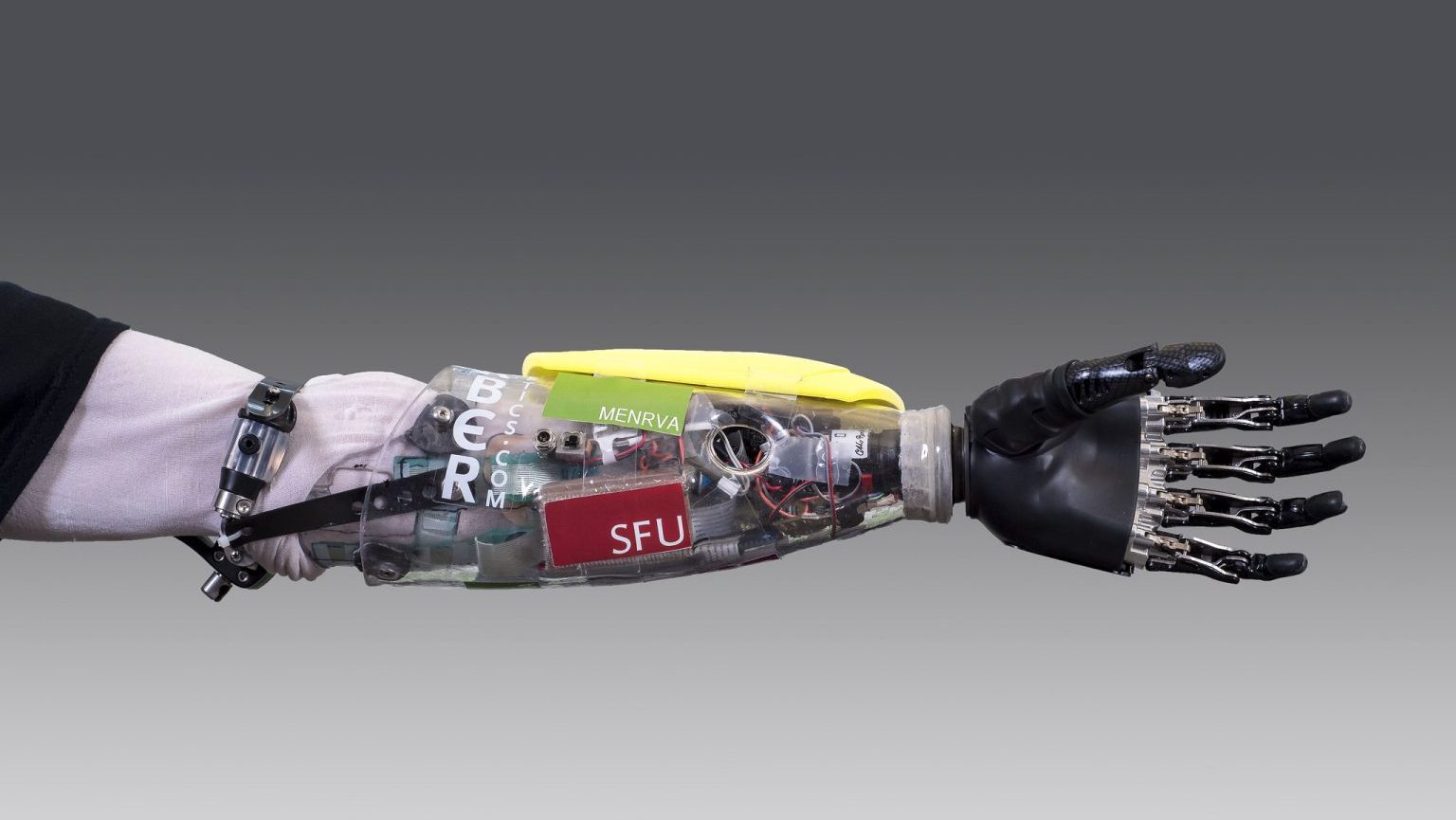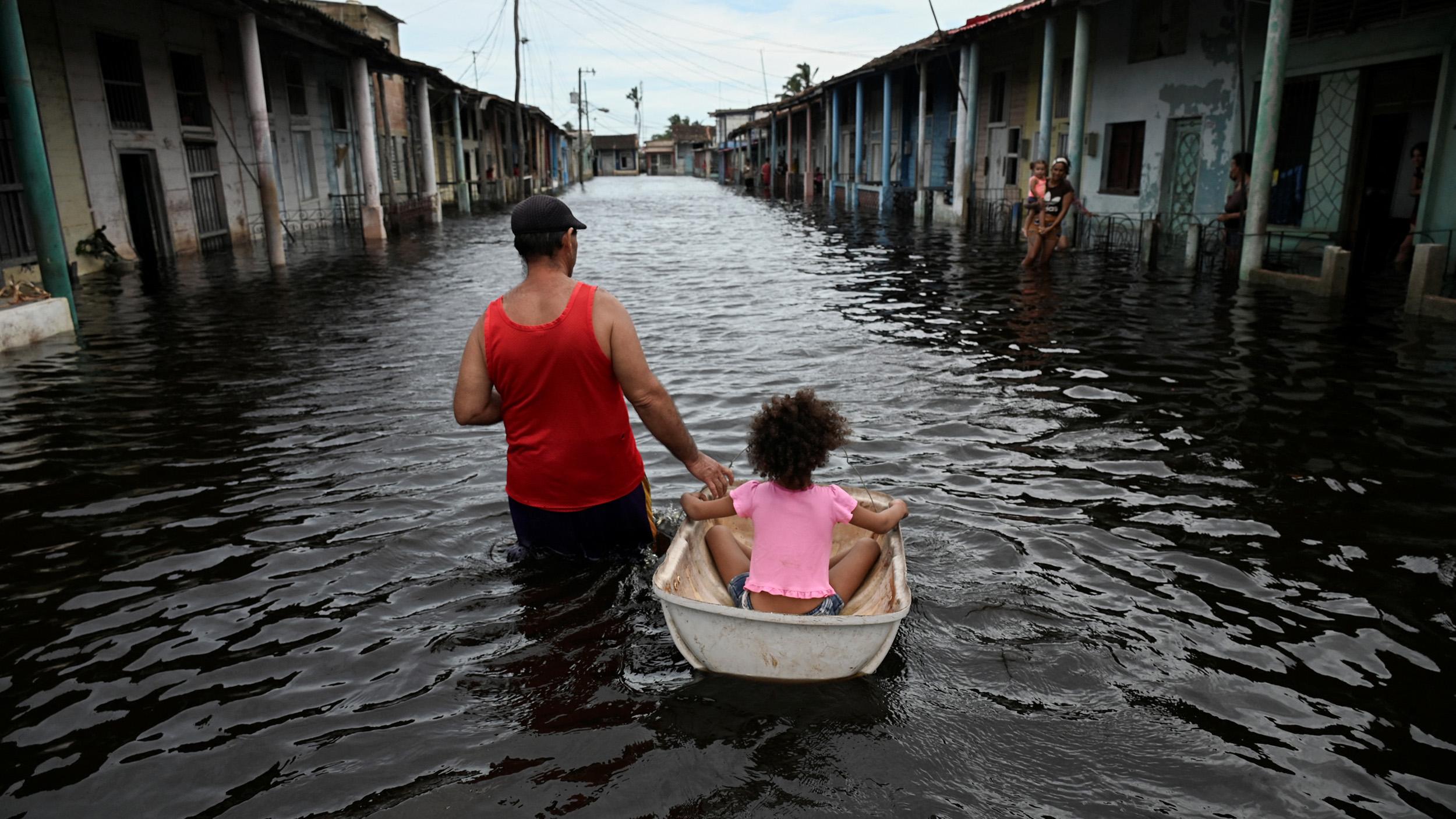A Better Way to Predict Epidemics?

Your friends likely have more friends than you do. Please don’t take that personally. As the sociologist Scott L. Feld was first to point out, this is simply a mathematical fact about human ties. (Satoshi Kanazawa nicely explains it here.) This “friendship paradox” may have medical uses: According to the network theorists Nicholas A. Christakis and James H. Fowler, it could be a tool that will track and predict disease outbreaks much earlier than do current methods.
In a study published online today in the journal PLoS One, Christakis and Fowler tracked a flu outbreak through a random sample of 319 Harvard undergrads in the fall term last year. They also tracked the flu’s course in the group of 425 students who had been named as friends by people in the first group. Because an individual’s friends are likely to have more friends, they reasoned, the friends named by any random person will likely have more connections than the namer to their shared social network. So while the random sample was representative of the Harvard network as a whole, the named-as-friends people would be more central. And those people, with their greater number of links to others, would get sick sooner than average.
That’s what happened. People in the friends group caught the flu earlier: According to Christakis’ and Fowler’s analysis, the day when flu was most widespread occurred two weeks earlier in the friends group than it did in the randomly selected cohort. Assuming the random sample was representative of the whole student population, this means the friends’ group could have served as an early-warning “social network sensor” for the disease, the pair write.
It’s not news in network theory that people with a lot of social connections have more chances to catch a disease that’s passed by person-to-person contact. The breakthrough here is that Fowler and Christakis didn’t need to know who those important people were. In fact, they didn’t need to know anything about the students’ social network. The only criterion for being in the second group was having been named as a friend by someone in the random sample. But that was enough to produce a group which caught the flu well ahead of most people at Harvard. (This video is an animation of their network map of the flu’s spread.)
The authors believe they’ve found a way around the “costly, time-consuming and often impossible” task of identifying the central people in a social network before using that network to track trends. Instead, they speculate, a city’s public health department might simply create an early-warning system for an epidemic just by signing up a few hundred randomly selected people to monitor—and a few hundred more, whom the first group named as friends. A big uptick in doctor visits by the friends’ group (compared to the typicals) would be the alarm signal.
If that early warning came as it did in the Harvard study—two weeks before the disease peaked in the whole population—it would be a big advance in predictive power, the authors write. Current public-health tracking uses data from people who’ve received treatment, so it’s reporting past events. Even using Google Trends to track disease-related behavior, they write, simply gives a picture of current incidents. “In contrast,” they write, “we show that the sensor method described here can detect an outbreak of flu two weeks in advance.”
Network theory can sound a bit gee-whiz and even paradoxical (it’s not easy to wrap your head around the notion that, as the two authors argued last year in their book, Connected, “you may not know him personally, but your friend’s husband’s coworker can make you fat”). But today’s paper offers a highly practical application of the theory’s way of linking facts about people’s bodies to facts about their relationships to each other.
Christakis, N., & Fowler, J. (2010). Social Network Sensors for Early Detection of Contagious Outbreaks PLoS ONE, 5 (9) DOI: 10.1371/journal.pone.0012948![]()





